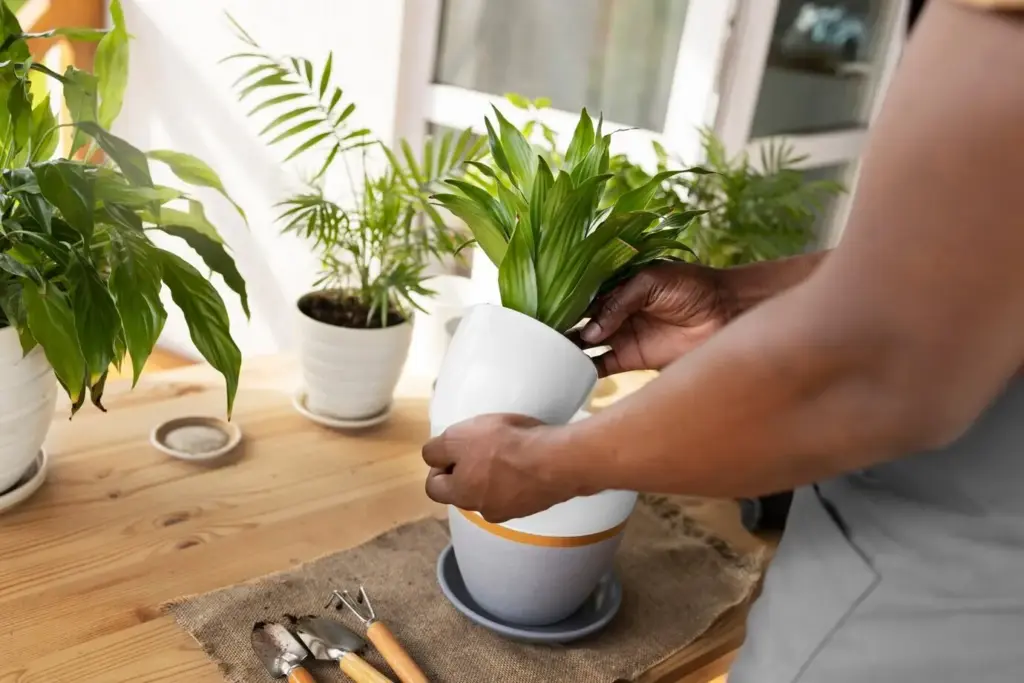Design a Yard That Sips, Not Gulps


Map Light and Slope With Care

Test Soil Texture and Infiltration

Create Hydrozones and a Walkable Flow

Irrigation That Targets Roots, Not Pavement
Install in Phases and Establish Wisely

Tune Irrigation by Season, Not by Habit
Reduce run times as temperatures drop and increase slightly during heat waves, always checking soil before changing schedules. Use the controller’s seasonal adjust feature and weather‑based baselines, but verify with a screwdriver or moisture meter. If a plant shows stress, adjust that zone rather than bumping the entire system. These thoughtful tweaks protect savings, prevent root rot, and keep performance high without drifting back toward wasteful, one‑size‑fits‑all watering routines.
Prune and Clean With Water Savings in Mind
Time pruning after major blooms or during dormancy to reduce unnecessary stress. Shape for airflow and light, not constant shearing, which encourages thirsty, weak growth. Remove fallen leaves in thin layers only where they smother crowns; elsewhere, let them enrich mulch. Inspect emitters while you work, replacing clogged parts and moving lines outward as canopies grow. These habits keep plants vigorous, reduce disease, and maintain the graceful, low‑water character you planned.
Share Your Journey and Inspire the Neighborhood
Post before‑and‑after photos, water‑use graphs, and your plant list, noting what exceeded expectations and what you would change. Invite neighbors to a brief weekend walk‑through, or start a street challenge to collectively cut outdoor water. Ask questions in the comments, request plant spotlights, and subscribe for design ideas and seasonal reminders. Your story encourages others to act, attracting pollinators, saving money, and building cooler, healthier blocks in every hot month ahead.


